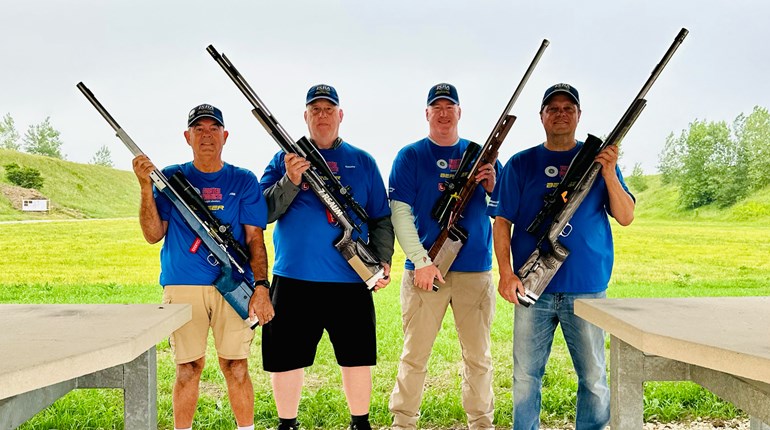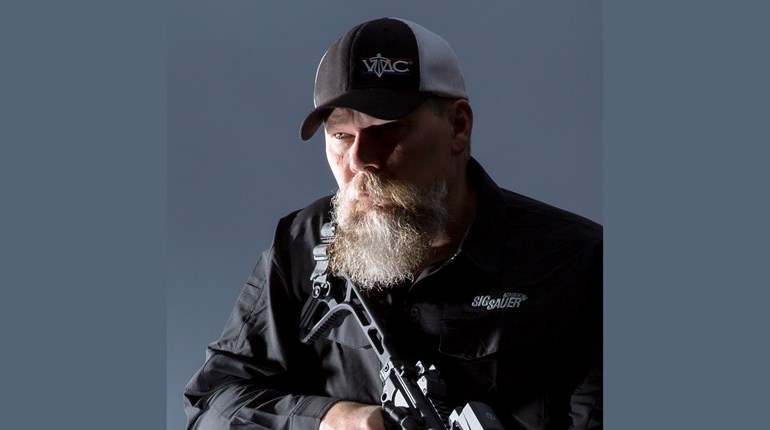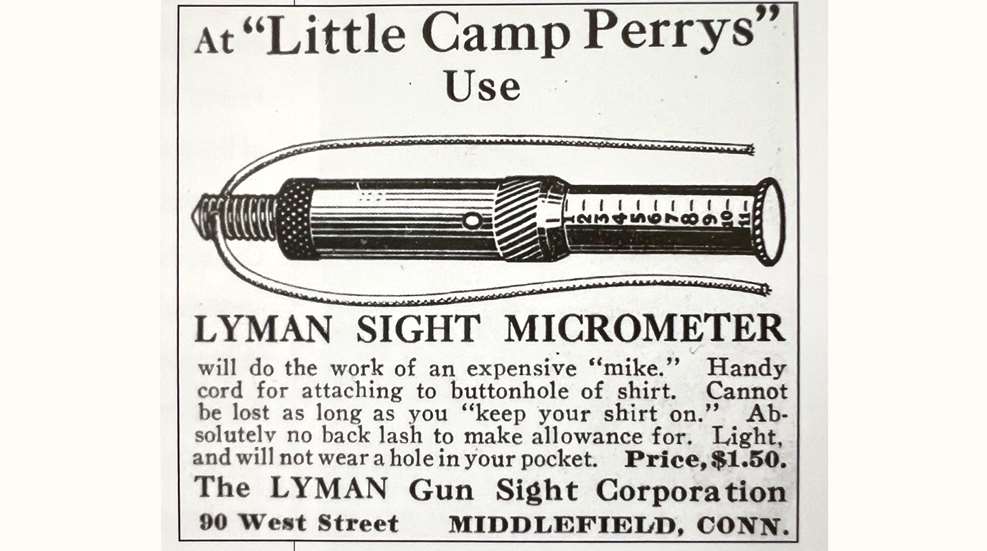
“The larger the hurdle, the more fun and satisfaction in surmounting it. The National Matches are out of the picture this year, but regional matches carrying all the famous old rifle shooting trophies will take their place.”
—The American Rifleman, June 1932
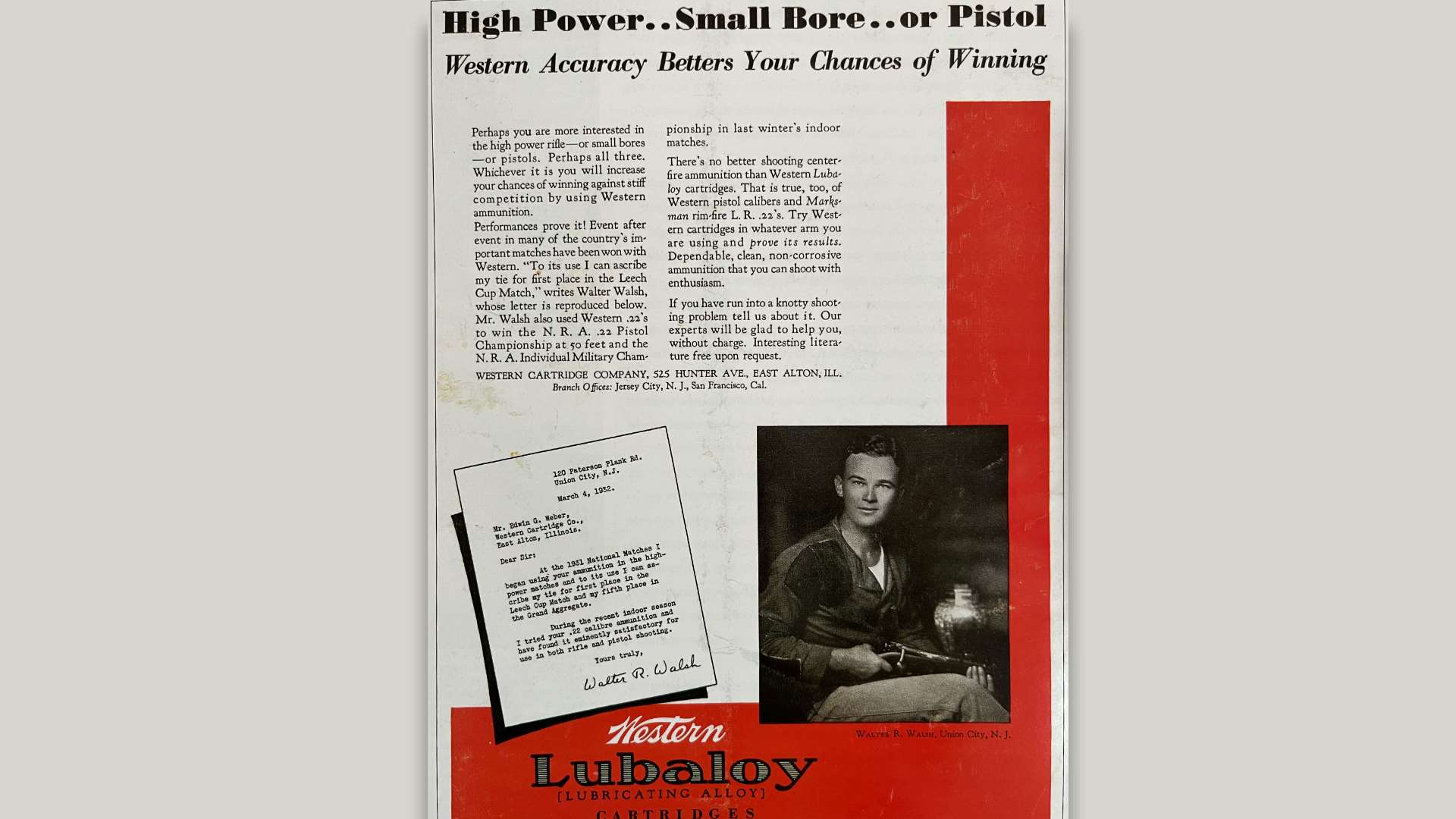
Just as the momentum created by increasingly larger rosters of competitors at the National Matches pushed administrative personnel to the limit, the far-flung effects of the Great Depression hit home and the federal appropriation for the conduct of the National Matches was withdrawn. Once again, the NRA stepped in to provide shooters with some semblance of a national competition, and it was in the following address that NRA Executive Vice President Milton Reckord explained the chain of events to the shooting community:
“With the passage of the War Department Appropriation Bill by the Senate, the last step in our fight for National Matches for 1932 was lost. In fairness to all concerned, permit me to say that never in the history of our country has Congress been faced with the serious financial problems which have been presented this year. Not the least of these problems was the one of balancing the Budget … the year Congress found itself with a materially reduced income, a direct result of the economic condition … Strenuous efforts were made on our part to save the National Matches as a part of the War Department training plan, but Congress was faced with the definite problem of reducing Federal expenditures.
“While it is our opinion other activities could have been eliminated with no effect upon our National Defense, Congress in its wisdom decided to eliminate the National Matches … We believe the loss of the National Matches is but temporary and we urge the shooters to accept the decision in a sportsmanlike manner as our contribution toward the adjustment of the present very unsatisfactory economic condition in our country.
“Already we have given thought to a program of shooting to compensate in some measure for the loss of the National Matches … We ask the cooperation of every shooter in our effort to bridge the gap made by the loss of the National Matches and in keeping alive interest in rifle shooting. With your help we will reach a greater number of shooters in 1932 than ever before.”
—M.A. Reckord, Executive Vice President, National Rifle Association
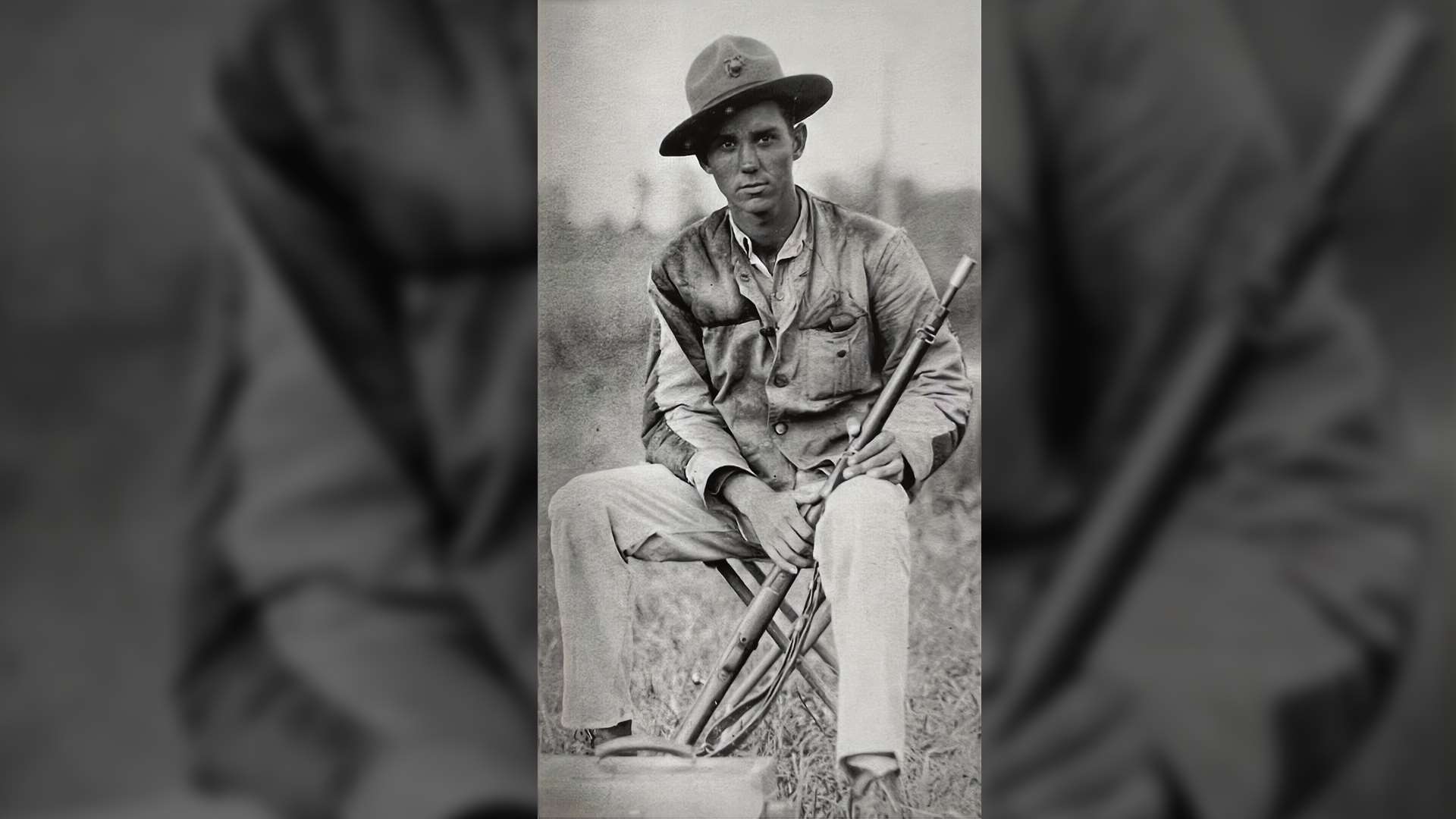
The NRA’s response to the elimination of the National Match schedule was to conduct regional matches at Corps Area sites throughout the country. These “Little Camp Perrys” as they immediately became known, were implemented by the NRA with the help of the Army, Navy, Marine Corps, National Guard and civilian state rifle associations as a means to maintain the integrity of a national shooting program, albeit a fragmented one.
Out of the nine Corps Areas, eight were represented at the following sites and programs varied as some were worked into existing state association-sponsored tournaments. NRA trophies that were assigned to particular areas are indicated in parentheses.
FIRST CORPS AREA: Aug. 7-14 at Wakefield, Mass. (Crowell, Coast Guard).
SECOND CORPS AREA: Sept. 24 at Sea Girt, N.J. (President’s Match only).
THIRD CORPS AREA: Aug. 24-28 at Quantico, Va. (Scott, Leech, Marine Corps, Herrick, Enlisted Men’s, President’s Match trophies [except Cavalry Cup]).
FOURTH CORPS AREA: None held.
FIFTH CORPS AREA: Aug. 30 - Sept. 5 at Camp Perry, Ohio (smallbore and pistol matches only; three international postals fired: Dewar, Railwaymen’s, FIDAC).
SIXTH CORPS AREA: Sept. 1-5 at Fort Sheridan, III. (Wimbledon, A.E.F. Roumanian, Long-Range Smallbore, Long-Range Two-Man Team).
SEVENTH CORPS AREA: Sept. 3-5 at Fort Des Moines, Iowa (Members, DuPont).
EIGHTH CORPS AREA: Sept. 26 - Oct. 2 at Fort Bliss, Texas (Navy, Clarke Memorial [pistol], U.S. Trophy [smallbore], Cavalry Cup,). Note: record Wimbledon score 100x100 (19 Vs) by Maj. Jack Hession.
NINTH CORPS AREA: NORTH: Sept. 1-2 at Fort Lewis, Wash.; SOUTH: Sept. 30 - Oct. 2 at San Luis Obispo, Calif. (No apparent NRA trophy assignments were made at either location.).
The NRA national trophies were assigned to the various sites to place the awards in areas where the most support was anticipated. NRA-sponsored smallbore and pistol matches were held at some sites and reports indicate that attempts were made to assign some of the significant trophies for these events in similar fashion to the big bore awards. All courses of fire were available for assignment at all sites with engraved medals to indicate where it was won, but the actual trophy award was made to the winner in the corps area where the trophy was allocated.
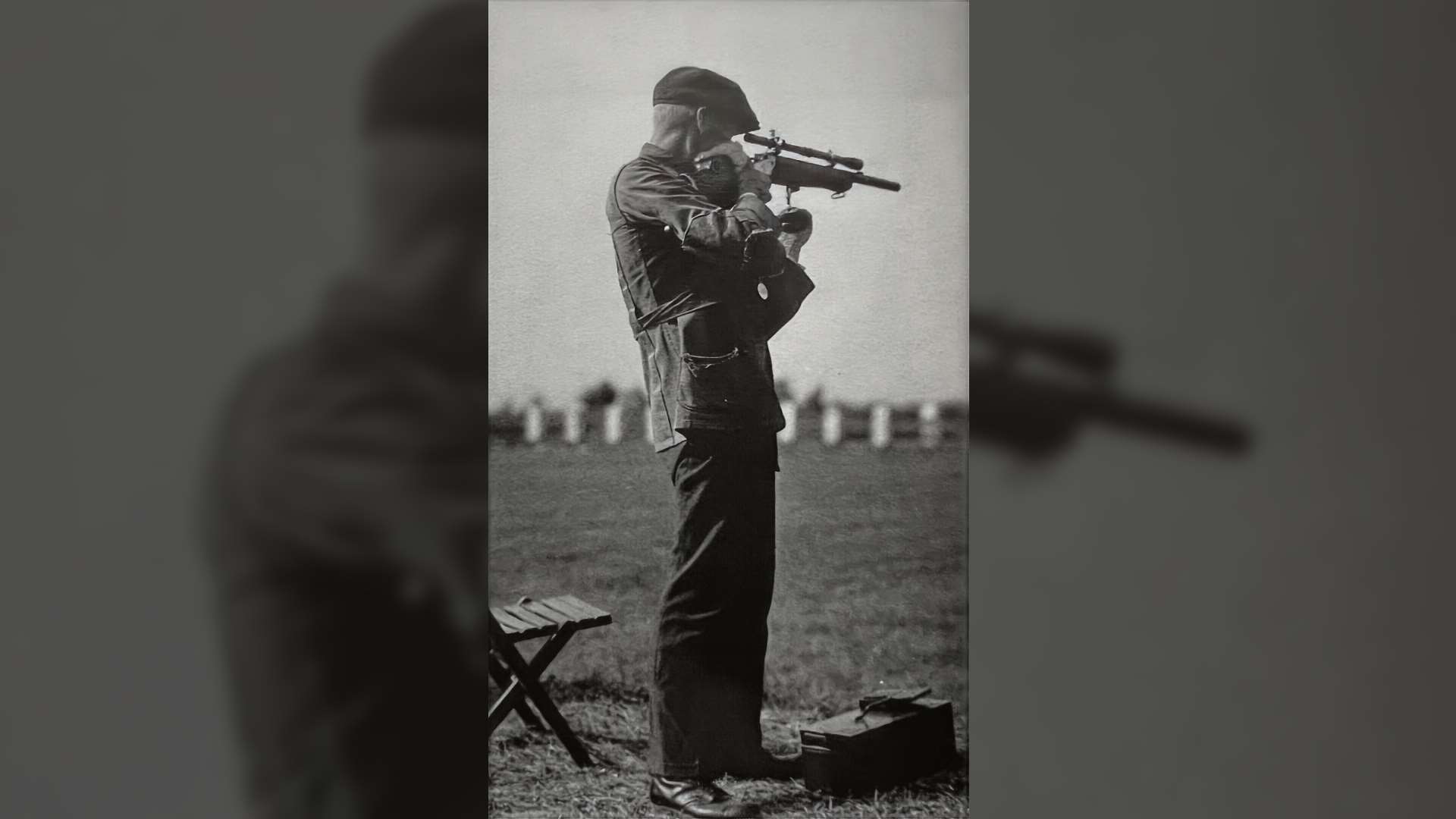
In a year-ending article on the events, it was reported in The American Rifleman that, “It is noteworthy that at all the shoots, the President’s Match was the most popular. The President’s Hundred will be selected on the basis of scores fired in the President's Match at all the regional meets.”
“Balance the budget, but stop making a political football out of the Army and the Navy and their essential auxiliaries, the National Matches and the Civilian Rifle Clubs.”
—The American Rifleman, March 1932
Camp Perry did provide a sense of the familiar this year when, as the designated Fifth Corps Area site, it gave pistol and smallbore shooters the opportunity to compete on hallowed ground. As defenders of the Dewar Trophy, the United States had a tight grip on the prize since it became an outdoor match in 1919, the only break being when Great Britain wrested it away in 1926. Some of the best belly shooters in the nation scraped up the necessary funds and vacation time for the annual trip, and they did not disappoint as the winning tally included three perfect stage scores: Bradford Wiles and J.A. Wade performed the feat at 50 yards and William Schweitzer followed suit at the 100-yard line.
In the championship sub-aggregates, Wiles fired six points better than Schweitzer for national honors and it was he who, along with Russell Wiles, Jr., and Sr., and a dozen or so other stalwarts from the University of Chicago Shooting Club, went on to form the renowned Black Hawk Rifle Club in 1938.
Corps Area shoots were not restricted to residents of the respective regions, so shooters could compete in as many as they wished, although this did not appear to be an option exercised by many. The NRA did its best at making the most of the situation, mainly by emphasizing that the Corps Area format helped propagate new shooters and exposed them to a National Match experience, such as it was. And not surprisingly, the logistics involved in conducting a national-level program with limited time and resources over eight sites was taxing. In fact, as late as the August issue of The American Rifleman, the published schedule did not include a shoot in the Second Corps Area while it did suggest that one would be held in the Fourth, when in fact the reverse arrangement occurred. The same article referenced a successful smallbore competition at Sea Girt in July, yet also stated that there would be no matches in the Second Corps Area, “due to the inability of the Sea Girt officials to conduct matches there.” As it turned out, the reliable Sea Girt facility was indeed used, if only to conduct the President’s Match as its lone “Little Camp Perry” contest during a weekend program of the New Jersey State Rifle Association. It seems appropriate that Sea Girt, given its National Match roots, played some part and hosted the most popular event no less, in the NRA’s efforts to provide a national caliber program in lieu of the government’s budget cuts.
“Every man interested in the future of the shooting game should … make the best of it and lend his whole-hearted cooperation toward making these regional events as effective a substitute for the National Matches as possible. The unselfish and active cooperation of every individual member and every club will make these 1932 little Camp Perrys’ a real success.”
—The American Rifleman, July 1932
1932 National Matches Fact
The Ninth Corps Area, South Region (California) offered the most pistol events (eight) of any “Little Camp Perry” site in 1932.













